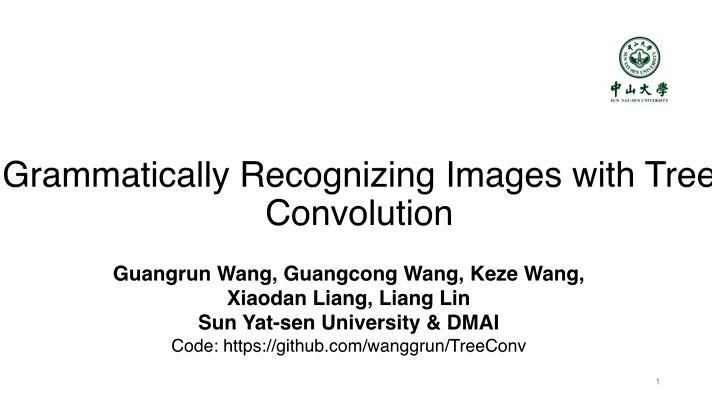Abstract:
The principle of compositionality has deep roots in linguistics: the meaning of an expression is determined by its structure and the meanings of its constituents. However, modern neural network models such as long short-term memory network process expressions in a linear fashion and do not seem to incorporate more complex compositional patterns. In this work, we show that we can explicitly induce grammar by tracing the computational process of a long short-term memory network. We show: (i) the multiplicative nature of long short-term memory network allows complex interaction beyond sequential linear combination; (ii) we can generate compositional trees from the network without external linguistic knowledge; (iii) we evaluate the syntactic difference between the generated trees, randomly generated trees and gold reference trees produced by constituency parsers; (iv) we evaluate whether the generated trees contain the rich semantic information.









































